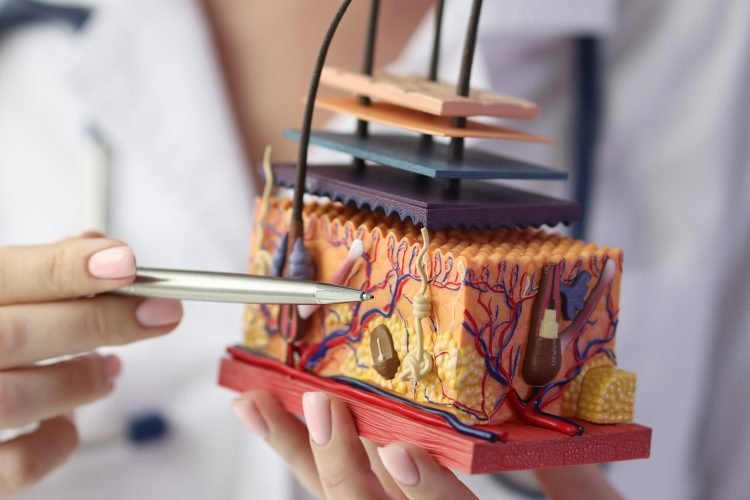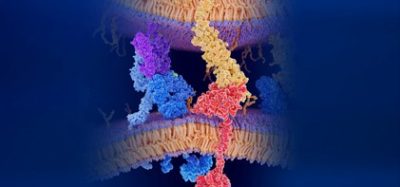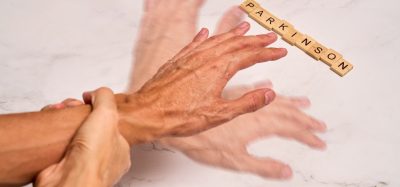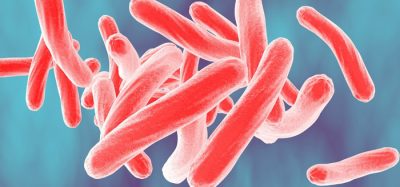Inside the search-and-develop model tackling 1,000 untreated skin diseases
Posted: 2 September 2025 | Drug Target Review | No comments yet
With over 1,000 skin diseases lacking approved treatments, a search-and-develop model is changing how new therapies are sourced and developed. Chief Scientific Officer, Jacob Pontoppidan Thyssen, outlines the strategy behind it.


In medical dermatology, the easy wins are already taken. Psoriasis and atopic dermatitis have transformed from difficult-to-treat conditions into areas with effective standards of care. But beyond these headline successes lies a long list – over 1,000 skin diseases with no approved treatment. For patients living with them, the options are still limited to managing symptoms and waiting for innovation to catch up.
That gap is where LEO Pharma is aiming its R&D focus. The company’s approach is deliberately different: instead of relying solely on internal discovery it actively hunts for the best science emerging anywhere in the world and then uses its in-house expertise to turn that science into therapies.
At the centre of this strategy is Chief Scientific Officer, Jacob Pontoppidan Thyssen, who joined LEO Pharma after more than two decades as a practising dermatologist and professor. Drawing on that experience, he leads the company’s drive to identify and advance therapies that can close the biggest gaps in medical dermatology.
From clinic to corporate strategy
Jacob’s dual career in both frontline patient care and academic research informs how LEO approaches drug discovery. He has seen both the complexity of skin disease biology and the day-to-day frustrations of patients waiting for solutions.
Instead of starting with the latest scientific trend, his team begins by asking: what clinical problem needs solving? Only then do they look for the therapeutic assets most likely to address it.
It is a reversal of the way most companies work. For LEO it means they can be laser-focused on assets with the clearest potential to change patient outcomes.
What search-and-develop really means
LEO’s search-and-develop model is built on a simple but ambitious premise: find the most promising innovations in dermatology wherever they happen and bring them into the company’s development pipeline.
This means looking well beyond LEO’s own labs. Partnerships are core to the model, from biotech collaborations to academic alliances and patient organisations. The approach spans the full spectrum from late preclinical candidates to in-market therapies that could be repurposed or improved.
Once identified, assets are advanced using LEO’s deep expertise in clinical dermatology, regulatory strategy and commercial planning. That combination of external scouting and internal know-how is what the company believes will deliver therapies to patients faster.
Why topicals are back in the spotlight
A recent example of the search-and-develop approach is LEO’s partnership with TKL in the United States. The focus? Identifying biotechs developing transformative topical treatments.
The U.S., Jacob says, is a particularly vibrant environment for early-stage dermatology work. While injectable biologics dominate the headlines, LEO sees huge potential in topical therapies – especially novel small molecules – for delivering targeted treatment with fewer systemic effects.
The translation challenge
Finding great science is only the first hurdle. The bigger challenge is translating that science into something that improves patients’ lives.
Jacob’s criteria for an in-licensing decision are rigorous: strong preclinical data, high-quality in vivo and in vitro models, robust biomarkers, a clear mechanism of action and a credible clinical development pathway.
With more than six decades in medical dermatology, LEO prides itself on being able to spot which early signals will stand up to the harsh realities of clinical testing.
Balancing novelty with impact
Scientific novelty counts for little if it does not address a real, pressing patient problem. For Jacob, the optimal balance lies in programmes that are both scientifically exciting and clinically relevant.
LEO prioritises diseases for which treatment options are limited or absent. While high-prevalence conditions attract significant industry focus, Jacob emphasises that smaller and often overlooked inflammatory skin diseases present some of the most pressing unmet needs.
One thousand diseases, no approved treatments
The scale of both opportunity and responsibility is considerable. More than 1,000 skin diseases currently have no approved therapy. For patients, this often means a lifetime without the prospect of remission or effective disease control.
LEO’s ambition is not to cherry-pick the most commercially attractive indications but to tackle these smaller diseases where even a modestly effective therapy could be life-changing.
The next phase of dermatology R&D
Jacob expects the next decade in dermatology to differ significantly from the last, driven by advances in genomics, biomarker science and digital technologies that expand the scope of what can be achieved.
He identifies digital health as a means to address some of the most significant gaps in dermatology. At present, robust biomarkers are lacking for most skin diseases and clinical trials often depend on visual scoring systems that are subjective, variable and poorly suited to rare diseases with no prior trial data.
Here, Jacob sees an opportunity for AI: “Photos combined with AI can improve the accuracy of clinician-reported trial readouts.” Digital monitoring could also make patient-reported outcomes far more precise, strengthening risk-benefit analyses for new therapies.
A model built for faster, more focused drug discovery
LEO Pharma’s strategy reflects a pragmatic shift in how drug discovery can be done in highly specialised areas. By combining a global radar for external innovation with decades of in-house expertise, the company is positioning itself to move faster, fail smarter and focus resources where they matter most.
This model – based on partnerships, patient-centred priorities and data-driven development – is well placed to influence the future direction of the dermatology pipeline.
Meet the expert


Before joining LEO Pharma in May 2023, Dr Thyssen consulted widely for the biotech and pharmaceutical industries and provided expert testimony to regulatory authorities. He holds a PhD and doctorate degree (DmSci) on the origins of inflammatory skin diseases, and has held research fellowships at Harvard Medical School, the University of California, San Francisco and University Spital Zürich. He also completed executive training at INSEAD Business School, France.
Related topics
Analysis, Artificial Intelligence, Assays, Autoimmune disease, Biologics, Biomarkers, Biopharmaceuticals, Clinical Trials, Disease Research, Drug Delivery, Drug Discovery Processes, Drug Repurposing, Drug Targets, Immunology, Small Molecules
Related conditions
Atopic Dermatitis, Chronic hand eczema, Contact dermatitis, Psoriasis
Related organisations
LEO Pharma








